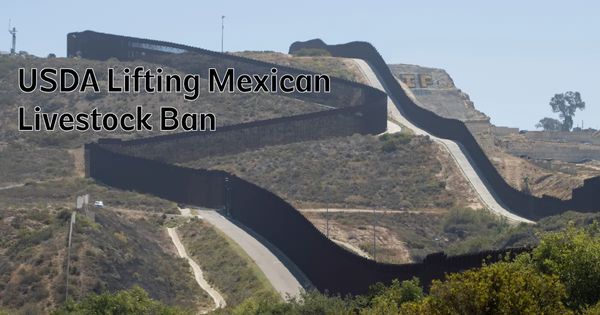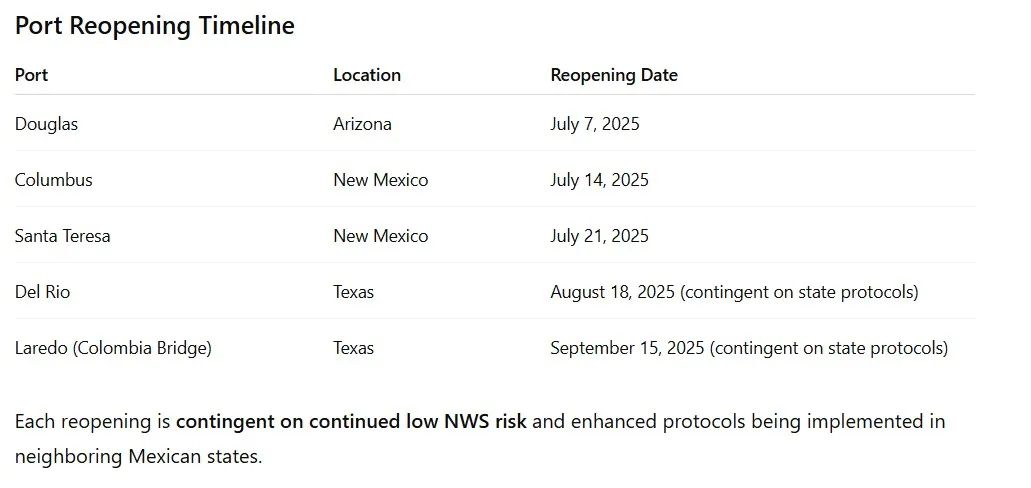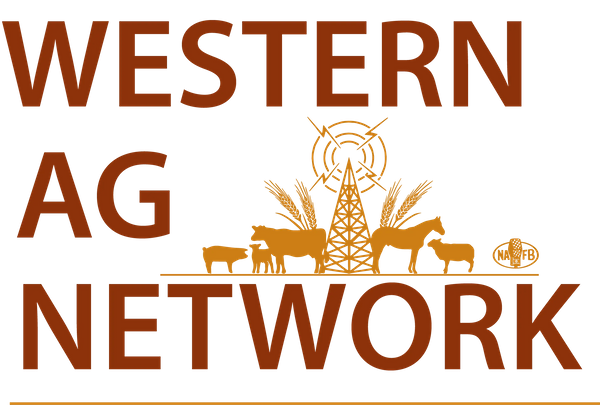.png?fit=outside&w=1200&h=630)
Livestock Movement to Resumes at U.S.-Mexico Border
June 30, 2025
Washington, D.C. — U.S. Secretary of Agriculture Brooke L. Rollins has announced that the U.S. Department of Agriculture (USDA) will begin phased, risk-based reopening of select southern border ports for the import of live cattle, bison, and equines from Mexico, starting as early as July 7, 2025. This action follows significant progress in the fight against the New World Screwworm (NWS) in Mexico.
The first port scheduled to reopen is Douglas, Arizona, with additional ports in New Mexico and Texas expected to reopen in the coming weeks, pending ongoing evaluations by USDA’s Animal and Plant Health Inspection Service (APHIS).
Why the Ports Were Closed
On May 11, 2025, USDA suspended livestock imports from Mexico due to the increasing threat of NWS—a parasitic insect that poses a deadly risk to livestock. The decision was made after reports showed signs of northward movement of the pest, raising alarms about its potential spread into the United States.
Since then, USDA and Mexican authorities, particularly SENASICA (Mexico’s National Department of Health, Food Safety and Food Quality), have worked closely to combat the pest.
Key Developments Leading to Reopening
• Sterile Fly Dispersal Expanded: The USDA resolved logistical issues in Mexico to resume aerial dispersal of sterile NWS flies seven days a week, deploying over 100 million sterile flies per week.
• No New Northward Spread Detected: Surveillance has shown no significant increase in NWS cases in Mexico or movement toward the U.S. border over the last eight weeks.
• On-the-Ground Inspections: APHIS deployed five teams to Mexico to assess NWS eradication efforts and engage in bilateral planning with Mexican counterparts.
• Enhanced Surveillance & Controls: Mexico has increased control of illegal animal movement, improved diagnostic capacity, and enhanced border biosecurity.

Import Eligibility and Protocols
Cattle and Bison
• Must be born and raised in Sonora or Chihuahua, or
• Treated under USDA-approved NWS protocols before entry into those states.
• Ports in Texas will reopen only if Coahuila and Nuevo Leon adopt the same standards.
Equines
• May be imported from anywhere in Mexico.
• Must complete a 7-day quarantine at the port of entry.
• Must comply with the USDA Equine NWS Protocol.
• Santa Teresa, NM has an approved equine facility and will be available once reopened.
For more, visit: USDA APHIS | Importing Live Cattle and Bison From Mexico and Import Horses from Mexico.
Long-Term Efforts: Sterile Fly Production and Darien Gap Barrier
Mexico will begin renovation this week of its sterile fruit fly production facility in Metapa, which is expected to be completed by July 2026. Once completed, the facility will produce 60–100 million sterile NWS flies weekly, helping reach the goal of 400–500 million flies per week needed to rebuild the NWS barrier at the Darien Gap, a critical buffer zone between South and Central America.
USDA’s Commitment to Vigilance
“This phased reopening is a direct result of rapid, science-based collaboration with our Mexican counterparts,” said Secretary Rollins. “We are committed to protecting American livestock and will continue strict monitoring and reassessment to ensure this pest does not cross our borders.”
APHIS and SENASICA will continue joint education campaigns to alert producers and veterinarians in both countries, ensuring ongoing awareness and compliance with NWS mitigation efforts.










